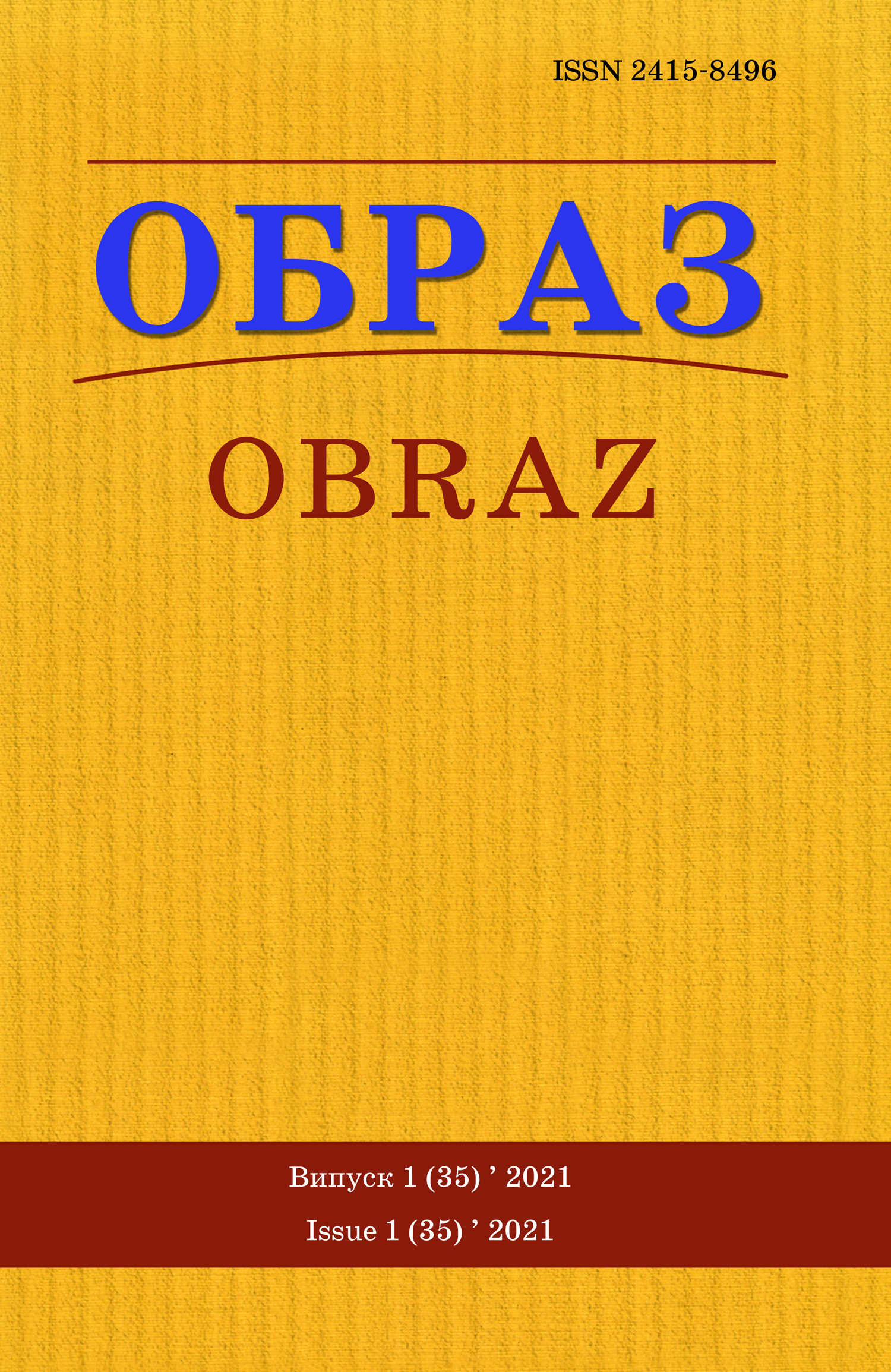Анотація
Дослідження візуального контенту медіа як інструмента пропаганди та інформаційно-смислових воєн є актуальною проблемою сьогодення. Метою цієї статті є аналіз і систематизація ознак візуального образу «українського буржуазного націоналіста» в карикатурах українського радянського сатиричного журналу «Перець» за період 1941–1991 рр., дослідження його змін у часі. Наукова новизна роботи полягає в комплексному розгляді цієї недостатньо дослідженої теми з використанням кількісного підходу. Показано, що досліджуваний образ у цілому ґрунтується на візуальному образі «петлюрівця». Поширеною є асоціація зі США та нацизмом. У 1970-х рр. цей образ систематично сполучається з мотивом «ворожих радіоголосів», частіше зазнає дегуманізації у вигляді собаки. Динаміка популярності теми корелює з ідеологічно важливими ювілеями. У 1980-і рр. кількість публікацій за темою падає, а після 1987 р. вони зникають.
Посилання
1. Hela. O. (2016). Anti-religious propaganda in the «Perets’» magazine in 1953–1964: an experience of use of databases. Historians. May 26. URL: http://www.historians.in.ua/index.php/ en/doslidzhennya/1906-hela-o-m-antyrelihiina-propahanda-na-storinkakh-zhurnalu-perets-v1953-1964-rr-dosvid-vykorystannia-baz-danykh (accessed 26.02.2021)
2. Hela, O. (2019). Caricature as simulacra: the construction of images of the intelligentsia by Soviet satirical publications in 1922–1991. Actual problems of national and world history. Kharkiv. Issue 22. P. 44–51.
3. Yeremeieva, K. (2018). «Pepper and pepper some more!»: Mission of the activity of the soviet satirical publications (for example of magazine «Perets’»). Ukrainian historical journal. No. 1. P. 126–140.
4. Yeremeieva, K. (2016). The political humor of Soviet Ukraine in 1941–1991 (on an example of «Perets» magazine). A PhD thesis. Specialty 07.00.01 «History of Ukraine». Kharkiv. 257 p.
5. Yeremeieva, K. (2013). «Soviet Ukrainian» or a local version of the «Soviet people»: the means of marking of citizens of the USSR in the official and unofficial humorous discourses. Actual problems of national and world history. Kharkiv. Issue 16. P. 158–167.
6. Sobokar, I. (2017). Ukrainian «Perets» magazine in the paradigm of satirical journalism. Dnipropetrovsk University Bulletin: Social Communications. Issue 17. P. 109–115.
7. Strilchuk, A. (2018). «Their manners and amusements»: the image of the West on the pages of the Soviet satirical magazines (1960s–1980s). Hileya: naukovyy visnyk. Issue 135. С. 56–58.
8. Yakovliev, A. (2018). Between creativity and reality: the categories of the enemies within in the «Perets» magazine: Late Stalinism era. New pages of Donbas History. Issue 27. P. 209–222.
9. Yakovliev, A. (2017). The image of the USA and Great Britain in the political cartoon magazine «Perets» in the first years of the Cold War. Shkid. No. 5 (171). P. 60–64.
10. Abraham, L. (2009). Effectiveness of cartoons as a uniquely visual medium for orienting social issues. Journalism & Communication Monographs, 11(2). P. 117–165.
11. Ames, W. Caricature and cartoon. Britannica. URL https://www.britannica.com/art/ caricature-and-cartoon (accessed 26.02.2021)
12. Huntington, H.E. (2013). Subversive Memes: Internet Memes as a Form of Visual Rhetoric. AoIR Selected Papers of Internet Research, 3. URL: https://www.academia.edu/download/32547359/Huntington_AoIR2012_paper.pdf (accessed 26.02.2021)
13. Keane, D. (2008). Cartoon Violence and Freedom of Expression. Human Rights Quarterly. Vol. 30, No. 4. P. 845–875.
14. Kuipers, G. (2002). Media culture and internet disaster jokes: Bin Laden and the attacks on the World Trade Center. European Journal of Cultural Studies, 5(4). P. 450–470.

Ця робота ліцензується відповідно до ліцензії Creative Commons Attribution 4.0 International License.

